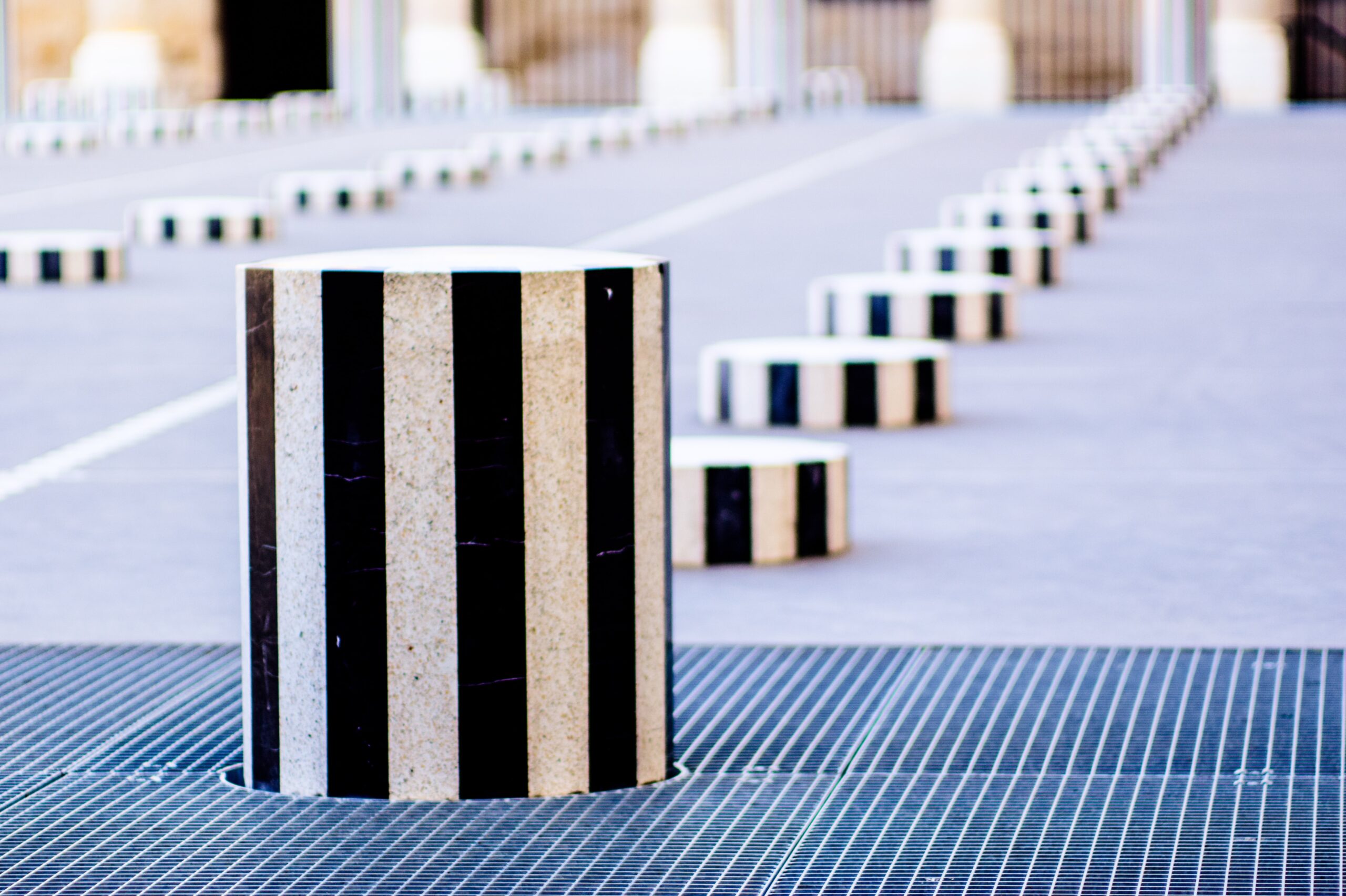Bollards have been used for literally hundreds of years. Throughout that time, they have served much the same purpose. They have separated people from hazards. Over the years, however, they have become more effective at doing so.
Here, Lucinda Thorpe, Business Development Executive at Newgate shares her insight into industrial bollards and how they can help businesses.
The basics of bollards
The very first bollards were decommissioned cannons. These were dug into the ground, muzzle first. Once people realised how useful they were, they began to create what we now know as bollards. At first, these were short and broad (like cannons). As time passed, they developed into the longer, slimmer posts we know today.
Different types of bollards
Later, bollards started to be customised for different purposes. For example, portable bollards are often used to manage pedestrian traffic. Sometimes ropes are added to emphasise the barrier. Rise-and-fall bollards are used to manage vehicular traffic. Flexible bollards can be used to manage pedestrian and/or vehicular traffic.
Impact-safe industrial bollards are designed for use in particularly hazardous areas. Impact-protection bollards are used to protect against regular bumps and scrapes. Drop-core bollards are used to demarcate zones temporarily. They are typically used to highlight fire hazards, cautions and high warnings.
There are also bicycle bollards. These are usually regular bollards with an attachment to allow bicycles to be locked to them. They can also be bollards with hollow cores. Again, these allow cyclists to pass locks through them.
Materials and styling
The fact that bollards are used for so many different purposes means that they are made with a wide range of materials. Plastic and aluminium are used where lightness is the main concern. Concrete is used when bollards are set up permanently. Stainless steel is used for its balance of weight and strength. Wood is often used where aesthetics are a priority.
Similarly, bollards are now available in a wide range of different colours and styles. This encourages non-industrial businesses to use them. Unlike industrial businesses, non-industrial businesses have to think about aesthetics as well as functionality. They want to ensure security but they don’t want to look too intimidating.
Uses for modern industrial bollards
Fundamentally, all the uses for modern industrial bollards relate to promoting safety through effective separation. Most of their uses can be put into one of seven main categories.
Pedestrian safety
Even today, this is probably the single most common use of bollards. Businesses use portable bollards both indoors and outdoors to create guided walkways. Some businesses use bollards as a way to keep pedestrians separated from vehicles.
Cyclist safety and bicycle security
Ensuring cyclist safety and bicycle security probably follows closely behind pedestrian safety in terms of bollard usage. It’s common knowledge that both the government and local authorities are trying to encourage people to cycle. Many businesses are too. People will only cycle where they feel it’s safe to do so. Bollards can therefore play an important role in giving them the reassurance they need.
Likewise, people will only cycle if they are confident they will have somewhere safe to leave their bicycles at their destination. Bicycle bollards can be just what they need. Having bicycle bollards available can help businesses to attract both customers and employees.
Driver safety
Drivers need to be kept safe too. This is particularly important when the routes they follow may need to be periodically updated. For example, on construction sites, bollards can keep drivers on the right track as the site changes.
Stock/asset protection
Bollards are often used to protect stock and other assets from the effect of an impact. This can mean anything from somebody bumping into them accidentally to deliberate “smash and grab”.
Privacy
Businesses often use bollards as a polite way to indicate private areas. For example, if businesses use pavements, they often put bollards around their section of it.
Legal security
Using bollards appropriately can help to prevent health-and-safety claims.


